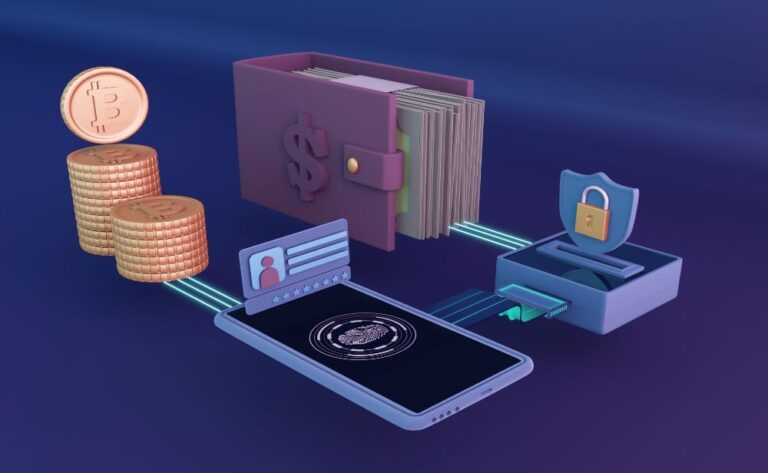Interested in Helium Mining? – Read This

Helium: An Overview
A great blockchain network called Helium is being developed with the intention of establishing a decentralized wireless network for Internet of Things (IoT)-connected devices (IoT). IoT devices are connected smart devices that can exchange data with one another via the internet. Smart home products are a frequent use of Internet of Things devices in the consumer sector; however, there is a vast variety of technology that is being implemented in commercial environments as well. The Internet of Things has the potential to increase the efficiency and efficacy of a wide range of applications, from sensors in parking garages to remote blood pressure monitoring in hospitals.
One of the most difficult components to successfully build is the wireless network that connects the gadgets that make up the Internet of Things. WiFi networks that are more traditional have a shorter range than cellular networks, which also have coverage restrictions and might be more expensive to run. Helium is developing a decentralized wireless network that makes use of long-range radio waves to span wide areas in an effort to address issues such as monopolistic wireless carriers, invasive data collection, and inadequate coverage. Due to the fact that Helium is built on blockchain, individuals have the ability to create Hotspots that both provide data to devices and act as miners for Helium. Helium Tokens are the incentive given to miners for their contributions to the growth and maintenance of the network (HNT).
Helium mining has emerged as a significant challenge in the cryptocurrency industry in 2018. Many miners are raking in thousands of dollars every month by doing nothing more than acquiring and connecting a Hotspot to their mining rigs. There are numerous instances of hotspots earning less money than they did in the past. This is due to the fact that as the network grows, profitability will undoubtedly diminish. People continue to inquire as to whether or not they should get a Helium Hotspot, and my response remains the same as it was a few months ago: a lot depends on where you are.
In this essay, I’ll talk about the factors that determine the profitability of two Hotspots that I compared back in July. I’ll go through each of the Hotspots in turn. After that, I’ll discuss a variety of factors that, in the not-too-distant future, will be essential to the development of a Hotspot site, as well as provide a few examples of actual, existing Hotspots.
An Overview of the Helium Mining Process
After you have finished setting up your Hotspot, it will automatically begin connecting to other Hotspots in the neighborhood so that it may become part of the network. In the vast majority of instances, your Hotspot will not generate any revenue from the provision of data to devices. The vast majority of a Hotspot’s income come from competing in Proof of Stake contests. Transactions on blockchains like Ethereum and Bitcoin employ a form of Proof of Work called Proof of Stake to validate them. Proof of Work is also known as Proof of Work.
Hotspots do not hash cryptographic data; rather, they routinely challenge other Hotspots in their neighborhood to demonstrate to the network that they are carrying out the activities for which they claim to be responsible.
A challenge involves the participation of three parties: the challenger, the challenger, and many witnesses. Hotspots frequently challenge their neighbors at random, and the Hotspot that is challenged is required to send the required data to show that it is operating successfully and that it is located where it claims to be.
The challenge is observed by other Hotspots that are located nearby, and these Hotspots check to make sure that the information being communicated is exactly what the challenger is looking for. Out of these three vocations, becoming a witness brings in the most money by a significant margin.
There is a dramatic increase in the amount of helium that is found in the atmosphere.
When I last wrote about helium mining, it had been a few months, and a lot of time has passed since then. The network has expanded significantly. When I wrote my first post about Helium in July, there were fewer than 60,000 Helium hotspots worldwide. As of today, there are roughly 240,000 Hotspots joined to the network, with 58,000 Hotspots added in the preceding 30 days! Because of this rapid expansion, the landscape of the Helium network shifts significantly on a month-to-month basis.
Since Helium’s primary function is to foster the growth of networks, installing a new Hotspot in an area that is already at capacity will lead to a decrease in revenue. Many big locations have been saturated for some time and are experiencing considerable decreases in mining revenue, although smaller towns and more spread-out suburban regions still have plenty of room for expansion. In order to have a better idea of how the network compensates miners, let’s take a look at some of the Hotspots in the Colorado Springs area. Because Colorado Springs is a medium-sized town that has a lot of sprawl, I feel it will be interesting to monitor how things have grown since July and to see what Hotspots are blossoming now. This is because Colorado Springs is a community that has a lot of room to grow.
Is It Too Late to Start Mining for Helium?
In this piece, we showed how hotspots in regions that aren’t yet excessively saturated can generate good money from helium mining despite the fact that there isn’t yet a lot of helium there. However, prior to giving the order for a Hotspot to be installed in your neighborhood, I would recommend taking some time to analyze the many different concerns.
The process of obtaining a Hotspot still takes a number of months.
It has been difficult to acquire a Helium miner for the entire year, and the situation has not improved. Obtaining miners has proven to be more difficult than many people anticipated, particularly given the present chip shortage and the issue with shipping. It is difficult to arrange an intelligent purchase because Bobcat miners are not expected to arrive for another 12–20 weeks after an order has been placed for them. Because of the extended lead periods, anybody who is interested in purchasing a miner will be required to take a gamble; nonetheless, this does not imply that it is difficult to make an informed choice.
A Few Parting Thoughts
A truly innovative application of blockchain technology, Helium, has been expanding at a rapid rate in 2021, and it has been amazing to see this process unfold. Helium mining may not be as profitable as it was earlier this year, but it may still deliver a reasonable return on investment, especially in an area that is still expanding. This is especially true in a region that is still developing. It will be interesting to see how Internet of Things devices leverage the Helium network as its coverage area grows.
If you found this post to be interesting, you may also be interested in reading some of my other pieces that I have written for Helium. These articles provide further information regarding the operation of the network.





